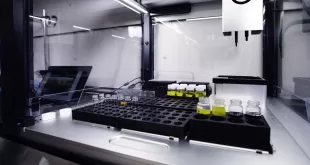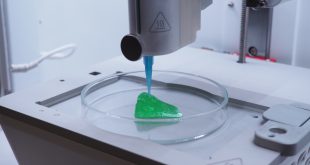The Composites Research Network at UBC’s Okanagan Laboratory IS playing A pivotal role in the understanding of materials
By Sean Tarry
The speed at which scientific discovery and innovation moves is, on the slowest of days, mind-boggling, to say the least, supporting just about everything we do, facilitating further growth and the advancement of vital technologies. With this advancement comes the development and introduction of new composite materials that present the potential to make the things we use stronger, more resilient, accurate and effective. And, it’s also yielding incredible potential within the field of advanced 3D-imaging, aiding the ability for researchers to solve complex problems related to materials—problems like those being tackled every day at the Composites Research Network’s (CRN) micro-XCT Imaging Facility in its Okanagan Laboratory at the University of British Columbia.
Advanced understanding
A dedicated centre for micro-computed tomography, the CRN provides complete support for 3D-imaging science, ultimately serving to significantly benefit professionals working within the areas of engineering, biomedical, environmental and archaeological sciences. The process is complex, one in which researchers leverage artificial intelligence-enabled and x-ray-computed technologies, and assists in helping to identify weaknesses within the makeup of certain materials, guiding and informing the ways in which improvements and enhancements can be made. It’s slightly unsung work, laments Tina Olfatbakhsh, a graduating PhD student and Laboratory Manager at the facilities, adding, however, that it’s extremely important work concerning the continued progress of the composites industry and development of optimized new materials.
“It’s clear that the composites industry is growing,” she says. “And it’s one that’s anticipated to continue growing over the course of the next decade-plus. A number of industries have already been leveraging and using advanced materials for many years, such as aerospace, automotive, marine, and construction. And, as technologies continue to advance and new innovative tools are introduced on a relatively consistent basis, the means by which we can create stronger, lighter and better materials is always increasing. And, as important as these advancements might be, having the right technologies necessary to continuously test the properties of new materials is just as important.”
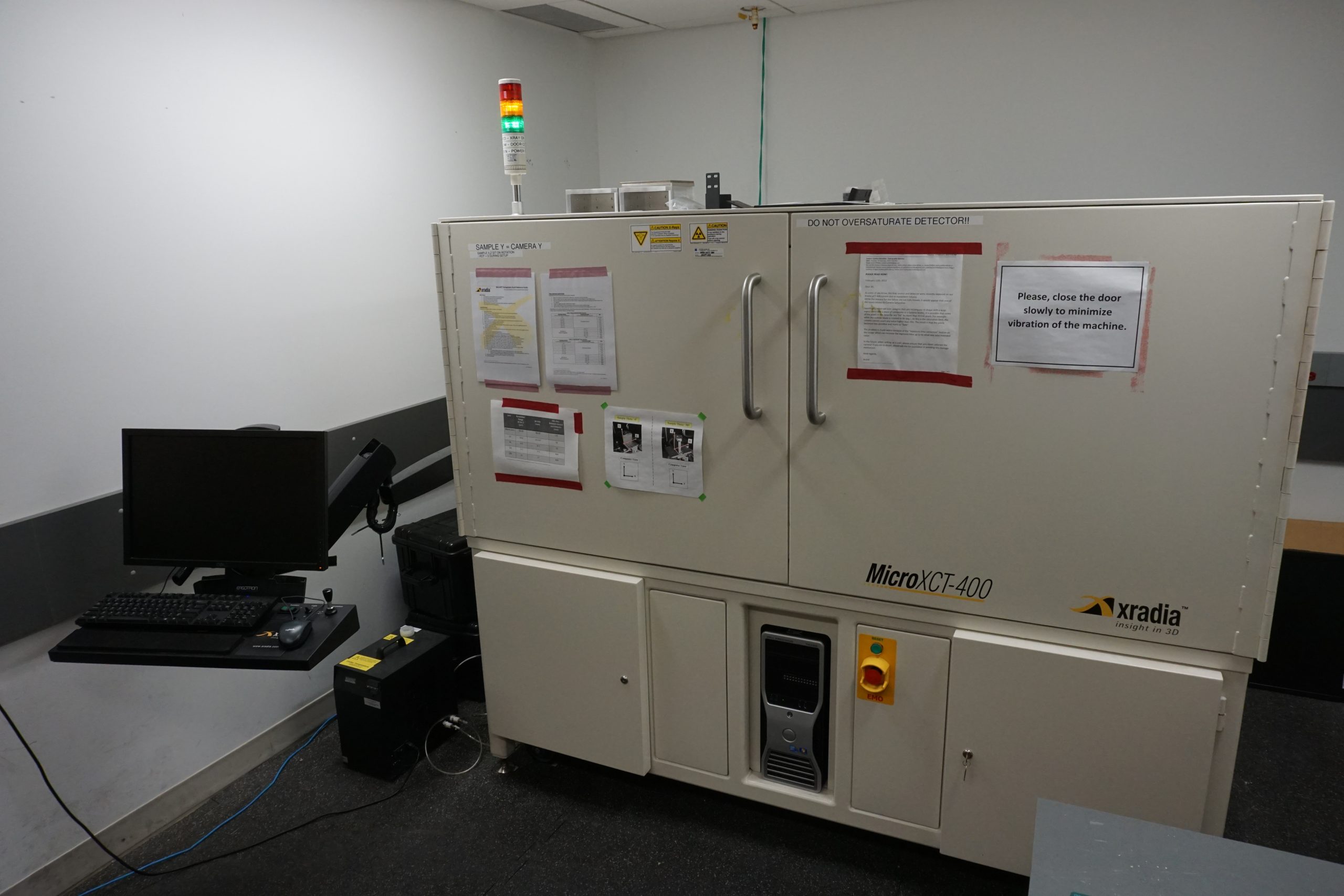
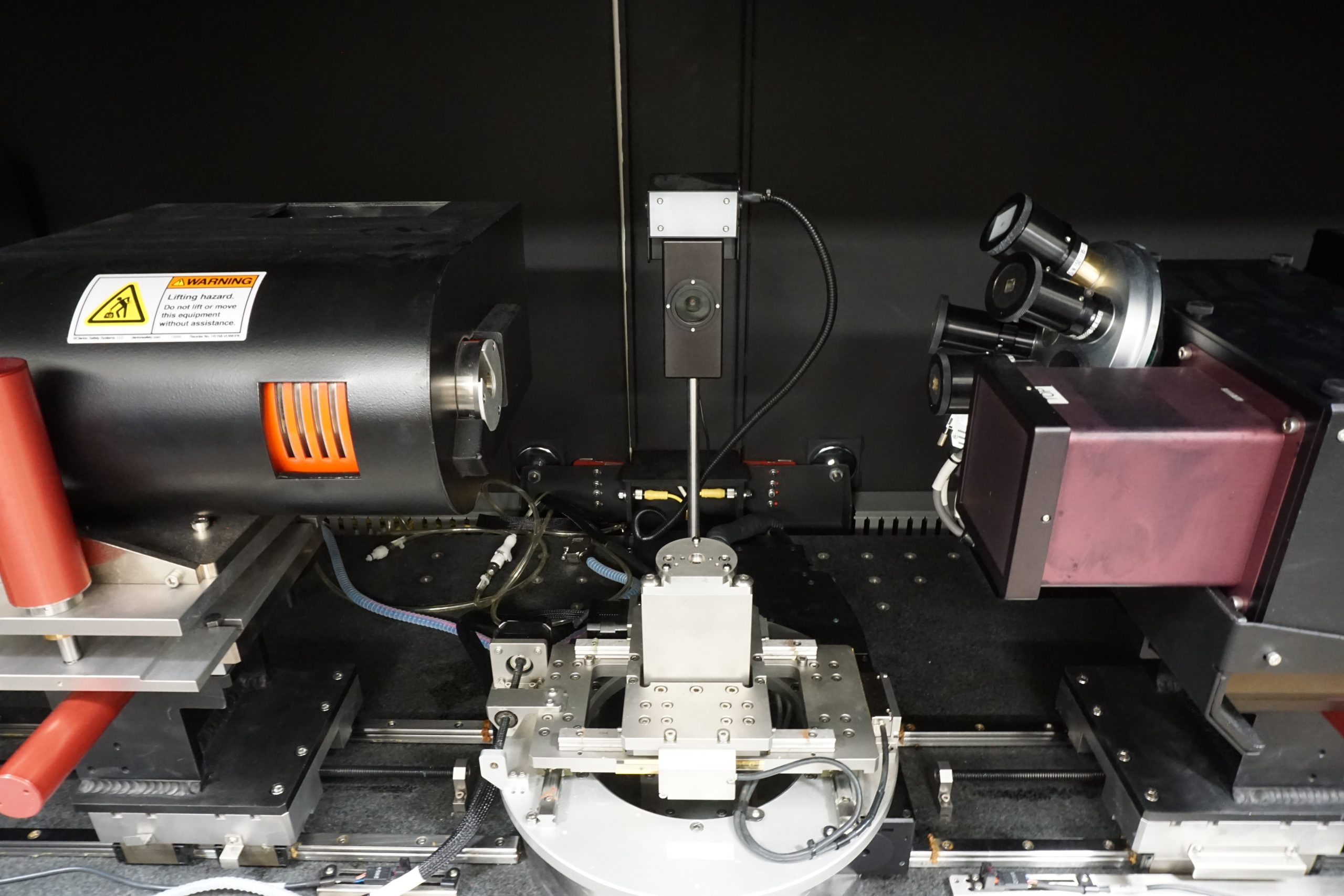
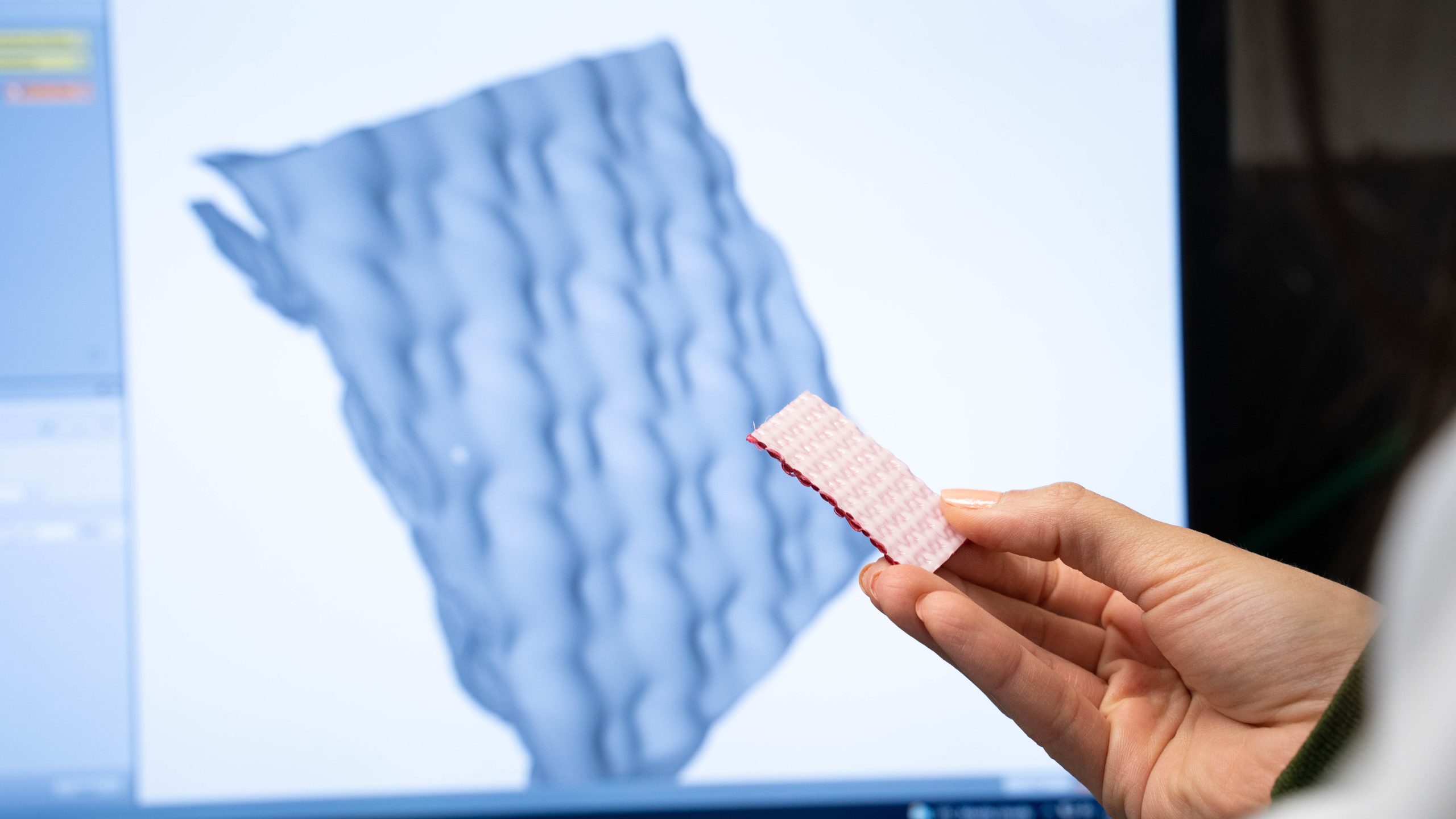
Scanning for problems
In order to carry out its work within the lab, researchers have access to a microXCT 400 scanner, providing the facility with the capability of scanning specimens within a range of sizes. The impressive piece of equipment utilizes cone-beam acquisition, enabling it to conduct a number of particular and specified tasks that other equipment and technologies are simply unable to perform. It’s a piece of equipment that Olfatbakhsh says arms lab technicians and researchers with the ability to execute on a range of different tasks, all with the same objective of uncovering weaknesses and identifying strengths in order to solve for a given problem or issue.
“A lot of the most important work that’s done within the lab involves the study of the internal structure of the materials that we analyze,” she explains. “It allows us to take accurate measurements of materials composites, differentiating between the different composites within a structure and to help identify defects, such as cracks and bubbles, within materials. It’s extremely beneficial, allowing us to compare healthy subjects against those with defects to understand at an even more granular level where the deficiencies are, how they are being propagated, and where improvements and enhancements need to be made.”
Biological testing
The image processing component of the work that’s done within the facility is perhaps the backbone of the research that’s currently being conducted, enabling researchers to essentially see inside a given object and determine its composite makeup. However, because the cone-beam-computed tomography allows for the capture of cross-sectional imaging in angiography suites using a rotational C-arm and digital flat panel detectors, the potential benefits to those working within biosciences could be innumerable.
“With respect to biological specimens, the facility and its equipment can be as valuable as any other in the process of better understanding biological structure,” she asserts. “Our scanners allow for the precise analysis of bones, blood vessel anatomies, and perhaps the scan and study of a specific organ like the lung, in order to meet the same objective as its use in studying composite materials. It can be extremely useful in understanding how a certain organ or tissue failed, what caused it to fail, and how its failure may have possibly been avoided.”
Aiding future discoveries
The facility and technology represent a number of breakthroughs that can help bioscience researchers and technicians better understand diseases at a level that they weren’t able to before. It also allows for a deeper and more holistic view of structures, providing a platform to more accurately assess how similar structures in other living organisms might be susceptible or immune to particular diseases, and the reasons why.
In addition, the facilities in-situ testing stages provide researchers with the ability to test the properties of either biological matter or materials and composites when submitted to a range of tensile/compression, heating, cooling and water bath sub-stages. It’s an invaluable ability, says Olfatbakhsh, who recognizes that it’s all part of a state-of-the-art approach that’s taken by the CRN and the researchers and professionals who leverage the laboratory for studies.
“At CRN, we’re all about consistently furthering our study and understanding of composite materials and advancing work being done within a number of different areas of expertise and interest. And, we’re eager to share our facilities and equipment in the collective pursuit of scientific research and discovery. With a whole host of scientific research activities that can be carried out here, supported by the cutting-edge technology that we have access to within the lab, there are so many industries and innovations that can benefit from its use, elevating the understanding of a range of different subjects, enabling future advances within various scientific fields and facilitating a world of potential.”
 BioLab Business Magazine Together, we reach farther into the Canadian Science community
BioLab Business Magazine Together, we reach farther into the Canadian Science community

